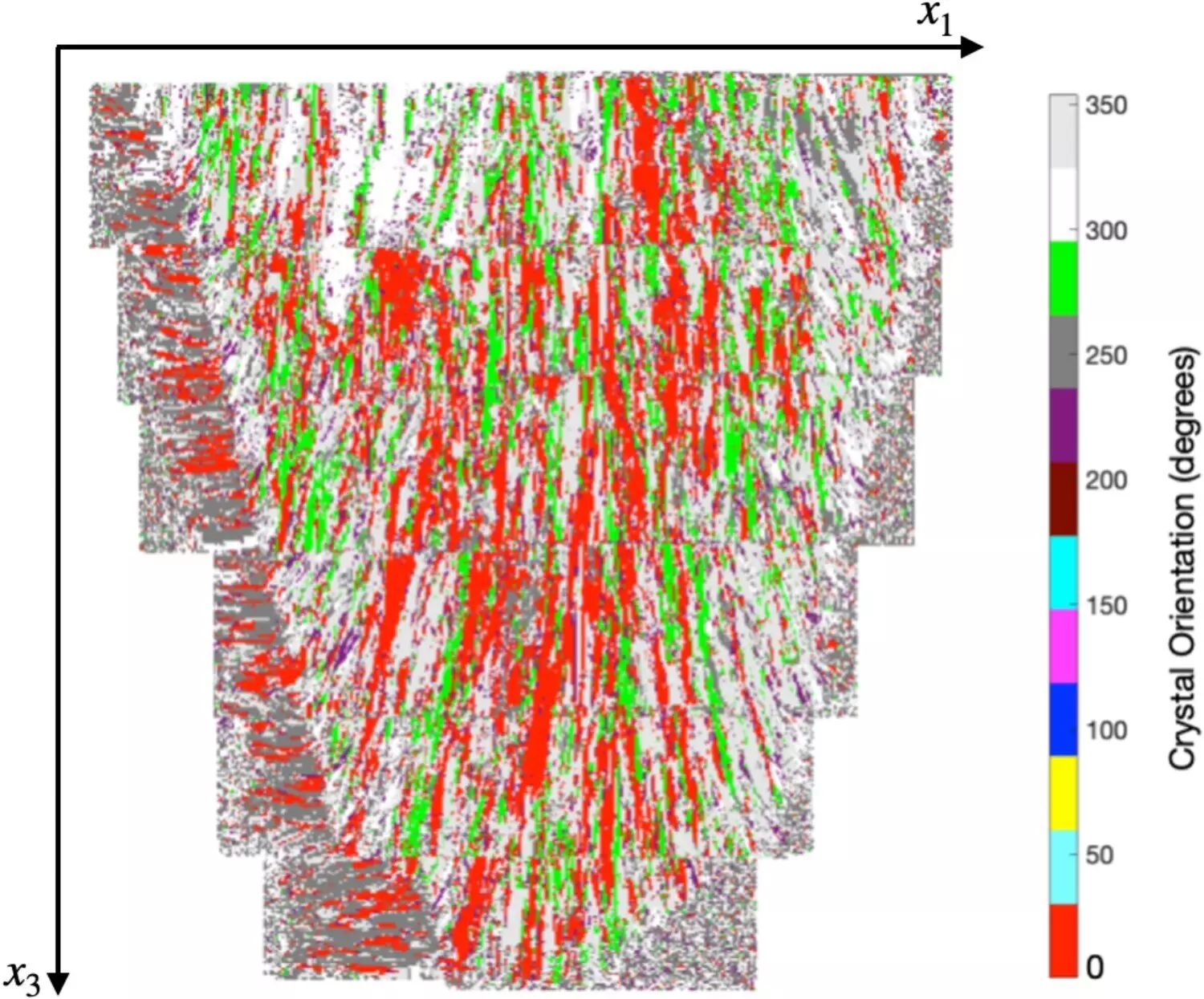In a recent study conducted by researchers at the University of Bristol, a groundbreaking sensing technology has been developed that could revolutionize the way components are assessed for quality in U.K. industry. The study, published in the journal Waves in Random and Complex Media, introduces a formula that can establish design boundaries based on a component’s geometry and material microstructure. This innovation has the potential to significantly impact the manufacturing sector by ensuring that additive manufacturing (3D printing) of metallic components meets safety and quality standards.
One of the key breakthroughs in this technology is the use of ultrasonic array sensors, similar to those used in medical imaging. These advanced sensors, now laser-based, eliminate the need for direct contact with the material being assessed. Professor Anthony Mulholland, the head of the School of Engineering Math and Technology, envisions a sensing method using a laser-based ultrasonic array that will enhance the design and deployment of this innovative equipment.
The research team at the University of Bristol has developed a mathematical model that integrates the physics of ultrasonic waves interacting with layered metallic materials. This model takes into consideration the variability present in each manufactured component, and determines the design parameters necessary for the ultrasonic laser and specific material characteristics. By assessing the information produced by the sensor, the mechanical integrity of the component can be effectively evaluated.
The ultimate goal of this research is to expedite the design and deployment of this groundbreaking solution in manufacturing. By collaborating with industry partners, the University of Bristol aims to create a means of assessing the mechanical integrity of safety-critical components during the manufacturing process. This streamlined approach could lead to innovative designs, more efficient production methods, and ultimately provide a significant economic advantage to U.K. manufacturing.
Moving forward, the research team plans to assist their experimental collaborators in designing and implementing laser-based ultrasonic arrays. These sensors will be utilized in controlled additive manufacturing environments, allowing for the generation of tomographic images of component interiors. By analyzing the quality of these images through destructive means, the researchers hope to demonstrate the effectiveness of their technology in assessing component integrity.
The ability to utilize 3D printing for the manufacture of safety-critical components, particularly in industries like aerospace, could provide a significant advantage to U.K. industry. The current lack of a reliable method for assessing component integrity has hindered progress in this area. However, with the development and deployment of this new sensing technology, the future looks promising for the manufacturing sector in the United Kingdom.


Leave a Reply
You must be logged in to post a comment.